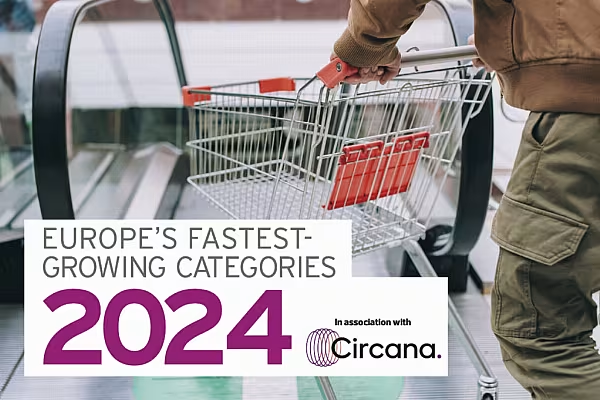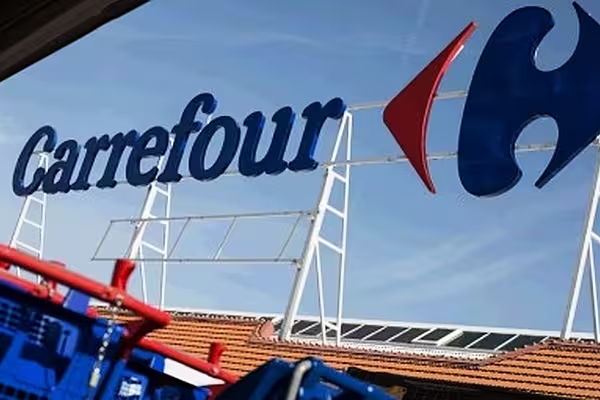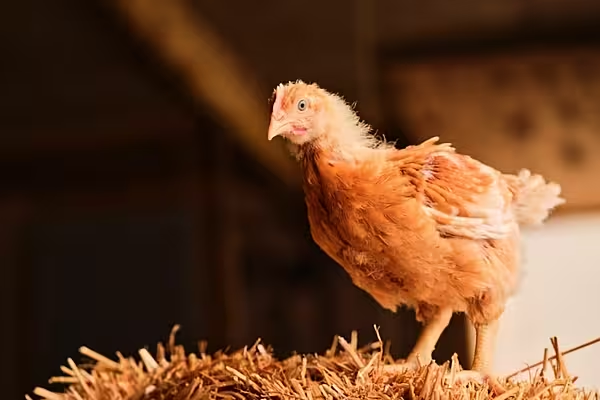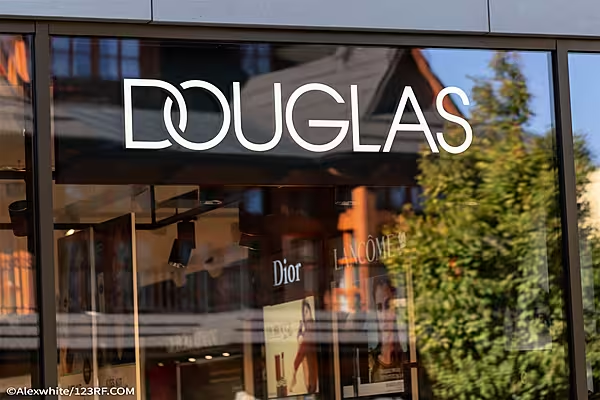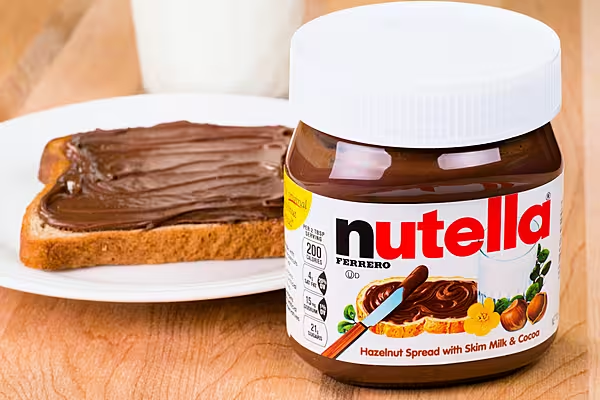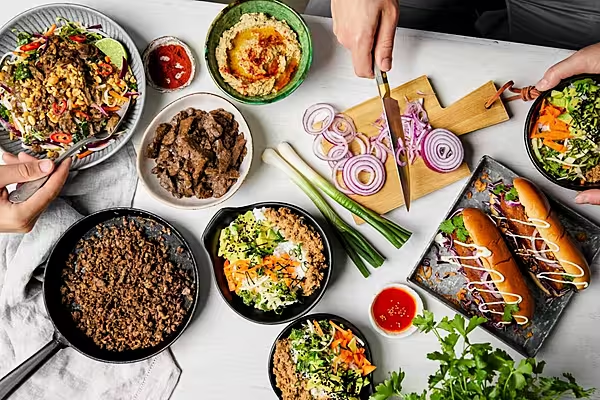ESM teams up with Circana to examine the grocery categories that have seen growth in what remains a challenging market. This article first appeared in ESM's March/April 2024 edition.
There’s no doubt that 2023 offered little in the way of appeasement for hard-pressed shoppers, as inflation rates soared to multi-year (or even multi-decade) highs in most European markets, leading to surging prices at the checkout and a widespread shift to lower-priced and discounted goods.
The continued economic uncertainty has had a knock-on effect on both where (increased traffic at the discounters) and what (the rise of private label) consumers are shopping, while for major brands, it has led to a difficult balancing act, with reduced volumes being compensated by increased prices – a strategy that appears to have worked ... for now.
Retailers, too, have had to adapt their game plans, as consumers opt for cheaper alternatives in essential product categories, reconfiguring their ranges and promotional strategies within a fluid socio-economic landscape.
ESM’s annual Europe’s Fastest-Growing Categories report, produced in association with Circana, the leading advisor on the complexity of consumer behaviour, focuses on the performance of the largest grocery categories across six European markets, while also exploring the subcategories experiencing the most growth, year on year.
Discover the fastest-growing categories in each of the following markets via the links below.
FRANCE
GERMANY
ITALY
NETHERLANDS
SPAIN
UK
Macro Trends
As with last year, there has been a general rise in value sales across all macro-categories, largely attributed to inflationary cost increases. Nearly all brand owners have adjusted their prices upwards, to some extent, over the past 12 months, which is evidenced by Circana’s data.
On a pan-European basis, i.e. across all six countries featured in the report, value sales [MAT ending December 2023] rose by 8.5%, year on year, with an extra €51.7 billion being spent in Total FMCG, which was worth €660.3 billion last year.
Let's examine how the main macro-categories explored in this report performed on a pan-European level, according to Circana’s data:
- Alcohol: The Alcohol category reported a 2.5% increase in value sales on a pan-European basis – an extra €1.7 billion in spend – while unit sales went down by 2.3%.
- Ambient: The Ambient category – one of Europe’s biggest – reported an 11.2% increase in value sales overall, while unit sales fell by 0.5%.
- Chilled & Fresh: Chilled & Fresh is the biggest category in the European grocery sector, with a total value of €193.3 billion across all markets. Value sales rose by 8.4% – an additional €15.1 billion in spend – with unit sales going down by 0.9%.
- Confectionery: Value sales in the Confectionery category rose by 11.6% last year, adding €3.3 billion to a category that is now worth €31.8 billion across the six markets featured in the study. Unit sales went up marginally, by 0.1%.
- Drinks: The Drinks category, which is currently worth €68.8 billion on a pan-European basis, saw value sales rise by 7.1% last year. Unit sales dropped by 1.3%.
- Frozen: The Frozen category was a winner during the pandemic, and it has continued its momentum, with value sales rising by 9.8% last year, adding an extra €3 billion to the category. Unit sales dropped by 2.0%, however.
- Household: The Household category is worth €43.3 billion on a pan-European basis, seeing value sales rise by 7.6% last year – generating around €3.1 billion in additional sales. Unit sales fell by 2.0%.
- Personal Care: The Personal Care category, which is worth €38.5 billion, saw an 8.5% increase in value sales last year, equating to an additional €3.3 billion. Unit sales also rose marginally, by 0.2%.
- Pet: The Pet category is split into two segments in the Circana data: Pet Food, which saw a 12.8% increase in value sales (an additional €1.4 billion in sales) and a 2.6% decline in volume; and Pet Non-Food, which saw value sales go up by 8.2% and unit sales decline by 0.8%.
- Baby: As with the Pet segment, Baby is also split in two. Baby Food reported a 3.4% increase in value sales in 2023, with unit sales declining by 3.2%, while Baby Non-Food saw value sales rise by 5.0% and unit sales go down by 3.1%.
Discover the fastest-growing categories in each of the following markets via the links below.
FRANCE
GERMANY
ITALY
NETHERLANDS
SPAIN
UK
You can find the full version of this article in ESM's March/April 2024 edition.
